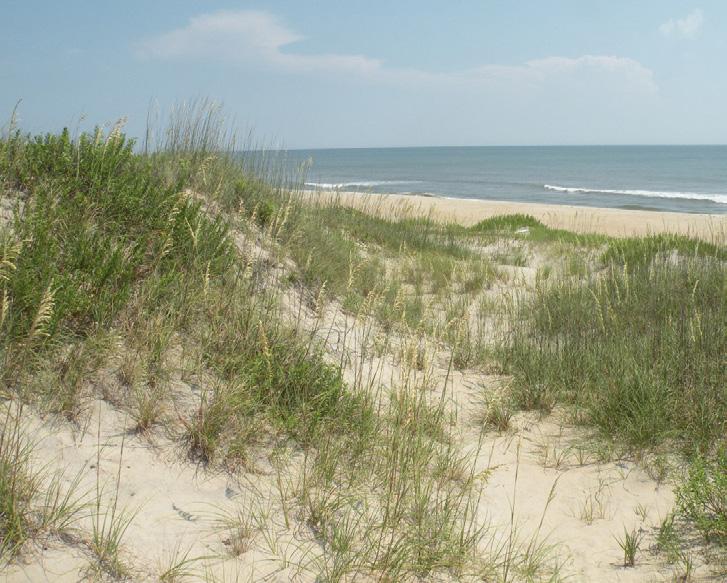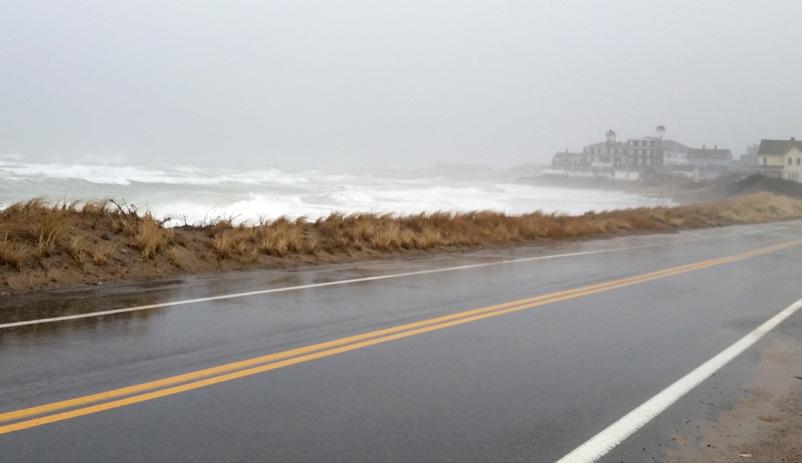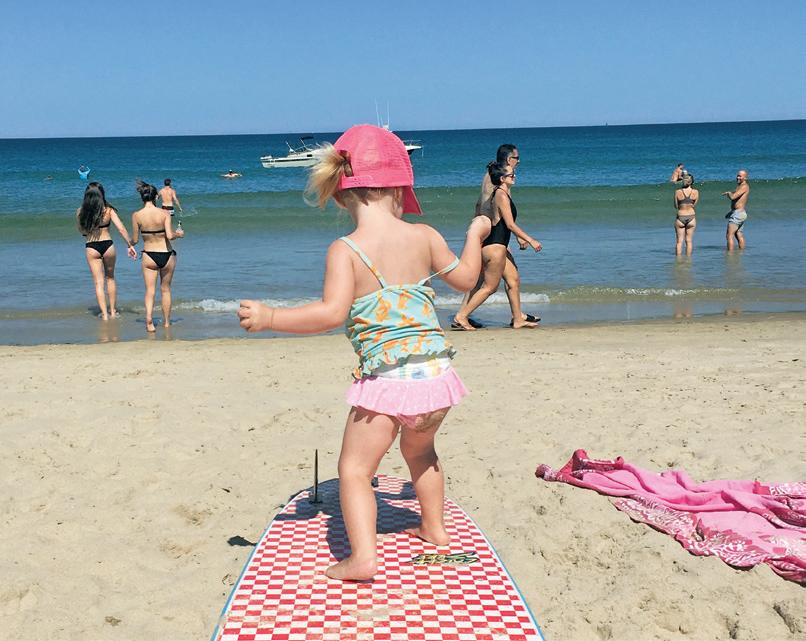
6 minute read
Conservation
Conservation Groups Working on Block Island
Block Island Conservancy
Advertisement
The Block Island Conservancy was established in 1972 to “maintain habitat for birds and animals, to protect the view of hills rolling to the sea, to provide walking trails and quiet recreation for islanders and visitors.” BIC is a private nonprofit with volunteer board of directors. It operates an education center on Weldon’s Way. q401/466-3111.
Block Island Land Trust
The Block Island Land Trust is a municipal conservation organization enabled by state legislation in 1986 and funded by a 3-percent transfer fee on island real estate transactions. The BILT has five trustees elected by town voters. Its mission is “to protect ecologically sensitive areas, open space and land for agricultural use, preserve viewsheds, and provide recreational opportunities.” q401/466-3207.
The Nature Conservancy
The Nature Conservancy was founded in 1951 “to preserve plants, animals and natural communities that represent the diversity of life on Earth by protecting the lands and waters they need to survive.” TNC, an international nonprofit, has been working on Block Island since the 1970s and maintains an office and visitors center on High Street. q401/466-2129.
Other conservation organizations with a presence on Block Island include the Audubon Society of Rhode Island, the Rhode Island Department of Environmental Management, and the United States Fish and Wildlife Service.
For information on hikes led by naturalists and programming by The Nature Conservancy, see schedule on page 51.
Please Keep Off the Dunes...
Let’s protect B.I. dunes and keep them healthy. It is also the law.
The Corn Neck Road dunes pictured on a typical stormy day on Block Island.

Strong effort revitalizes destroyed beach dunes
The gentle, sandy berm that separated the southern section of Corn Neck Road from the beach was completely decimated by Superstorm Sandy in late 2012. The adjacent section of Corn Neck road itself was also torn up. Emergency funding quickly restored the road to make it passable, but the low dunes separating road from beach would take much longer to repair. And future damage from foot traffic needed to be prevented.
Over the course of many years, several organizations, including the Block Island Residents Association, the Block Island School, and the Ocean View Foundation — as well as scores of community volunteers — have worked together to try to restore the dunes to their previous height and health.
These dunes are not merely attractive scenery. They are natural buffers to sea surges — a critical defense against high seas on fragile Block Island.
In the summer after Superstorm Sandy, the first attempt to repair the dunes failed. The rosa rugosa plants, meant to build a vegetation system onto which the sand could start to build, were planted too late in the season and failed. In a matter of weeks, hundreds of plants died, and the narrow stretch of land where the dune had once stood remained barren and flat.
The human traffic that has crossed the dunes for generations complicated the problem. People walked on these dunes, drove their vehicles across them, and parked their bikes on and around them. (We’re specifically talking about the dunes south of the beach pavilion and opposite the Beachead restaurant.) Dunes are now legally protected areas on Block Island and can’t be accessed like other undeveloped public land.
In 2015, a more concerted effort to bring back the dunes began with a sea-grass planting initiative. Hundreds and hundreds of seedling were purchased and planted by students of the Block Island School and members of community organizations. These plants took and are flourishing to this day.
The other challenge tackled was human foot traffic. Local business owner Sven Risom, who was a member of the Planning Board at the time, proposed a simple but effective idea: a series of walkovers that would provide a bridge from Corn Neck Road to the beach below and prevent the dunes from being trampled.
Today the walkovers, along with plantings, have helped these fragile dunes come back to life — perhaps not quite to the level they were prior to Sandy, but well along their way.
Nature: What to see on Block Island
by Scott Comings, The Nature Conservancy The natural world on Block Island is a magical place that is unlike anywhere else on the East Coast. Here are 10 natural wonders (in no specific order) you may see during your visit. How many have you seen?
Barn Owl Burying Beetle Northern Harrier Meadow Vole
1) American Burying Beetle. Block Island is the only place this federally endangered species is found east of the Mississippi. We have the largest population of this species in the world. 2) Hodge Family Wildlife Preserve. This spectacular preserve has views of Middle Pond, Block Island Sound, North Light, Sandy Point, and Sachem Pond. It is a must see for anyone who visits the Island. 3) Northern Harrier. This hawk is found throughout the Island and can be identified by the white patch above the tail. Males are gray and females are brown. In June they do a mating ritual known as the sky dance with the male calling continuously as they perform aerial acrobatics. Block Island has the only nests of this species in the state. 4) Clay Head Preserve. The two-mile bluff walk is among the most spectacular trails on the Island. If you choose to take one of the many side trails, you will enter the Maze, featuring 10 miles of trails to explore. 5) Block Island Conservancy Visitors Center. Come learn about the history of conservation on B.I. and what you can do to help (located off Weldon’s Way). 6) Sandy Point. The tip of the island is worth the walk. The natural beauty of this area is breathtaking. Be sure to stay close to the shoreline to allow the gulls to nest (they will get aggressive if you get too close). 7) Ocean View Foundation Pavilion. This oasis from the hustle and bustle of town is a great spot to take in nature and nurture the soul while watching the world go by. 8) Rodman’s Hollow/Black Rock. This is the largest conservation area on the island with sweeping views of the fields, shore and ocean. This is the birthplace of the island's conservation movement in 1972. 9) Block Island Meadow Vole. This vole is a sub-species (longer snout and shorter tail) that is only found on Block Island in meadows. It is brown above and gray below, and it is bigger than a mouse and smaller than a rat. 10) Barn Owl. This amazing nocturnal predator nests at the top of the bluffs where a large rock has fallen out. Usually there are four nests on the Island each summer. Maybe you will see one from the beach below!
Photo credits: Block Island Meadow Vole: Terry Sullivan. American Burying Beetle: Chris Raithel. Northern Harrier and Barn Owl: Scott Comings.
TM











